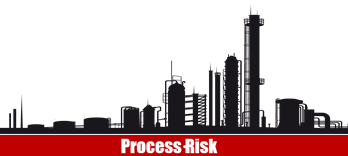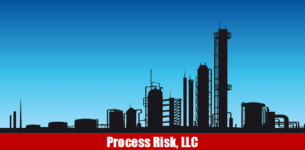PSM / RMP Auditing
ConsultingPSM and RMP compliance audits are required every 3 years. The programs are performanced based and therefore the quality of compliance audits is paramount to ensuring program compliance.
For facilities that require compliance with both regulations, a combined compliance audit is often the preferred method many clients. Third party audits can offer a different perspective from internal audits which may help highlight possible program gaps in documentation and applicability that may not surface when reviewing internal information. Furthermore, experienced third party auditors can leverage years of industry experience to offer suggested enhancements along with identifying any possible compliance gaps.
Details
The objectives of a combined compliance audit include:
- To assess the site’s safety management system as it relates to the requirements established by OSHA’s Process Safety Management standard (29 CFR 1910.119)
- To assess the site’s safety management system as it relates to the requirements established by EPA’s Risk Management Program rule (40 CFR 68);
- To assess the site’s compliance with internal company specific PSM / RMP related requirements, and;
- To identify overall opportunities to improve and enhance the overall effectiveness of the site’s established process safety / risk management program(s).
Other Information
Audits and assessments provide a vital management control for Process Safety Management (PSM), Process Security Management, and Risk Management (RM) Programs. Audits employ protocols and checklists to verify compliance with regulatory requirements and industry standards. They help to ensure programs are properly designed and implemented. Audits identify program deficiencies so that recommendations can be developed for corrective action.
OSHA’s PSM Standard and EPA’s RMP rule both require companies to conduct compliance audits of their prevention programs at least every three years. Without regular audits, programs will not stay current and will deteriorate, causing companies to face increased health, safety, and environmental risks as well as regulatory and legal liabilities.
Consulting Services
Consequence Modeling
Due Diligence Support Dust Hazard Analysis and Management
Dust Hazard Analysis and Management
Emergency Response Programs
Expert Technical Witness - Legal Support Services
Facility Siting & Consequence Modeling
HAZID
Hierarchy of Controls Analysis (HCA)
Human Factors Review and Analysis
Incident Investigation
Inherently Safer Technology
Layers of Protection Analysis
LNG Industry Support
Management of Change (MOC) - Process and Organizational Change Assessment
Mechanical Integrity
NEP Compliance Support all Industries
Procedure Development and Enhancement
Process Hazard Analysis (PHA)
Probability Modeling
Project Support and Process Integration
PSM / RM Program Enhancement and Optimization
PSM / RMP Auditing
PSM Program Development
Quantitative Risk Assessment
Risk Management Program (RMP) Support
Safeguards Protection Analysis (SPA)
Safety Instrumented Systems (SIS)
Safety Management Systems
Simultaneous Operations (SIMOPS) Review

